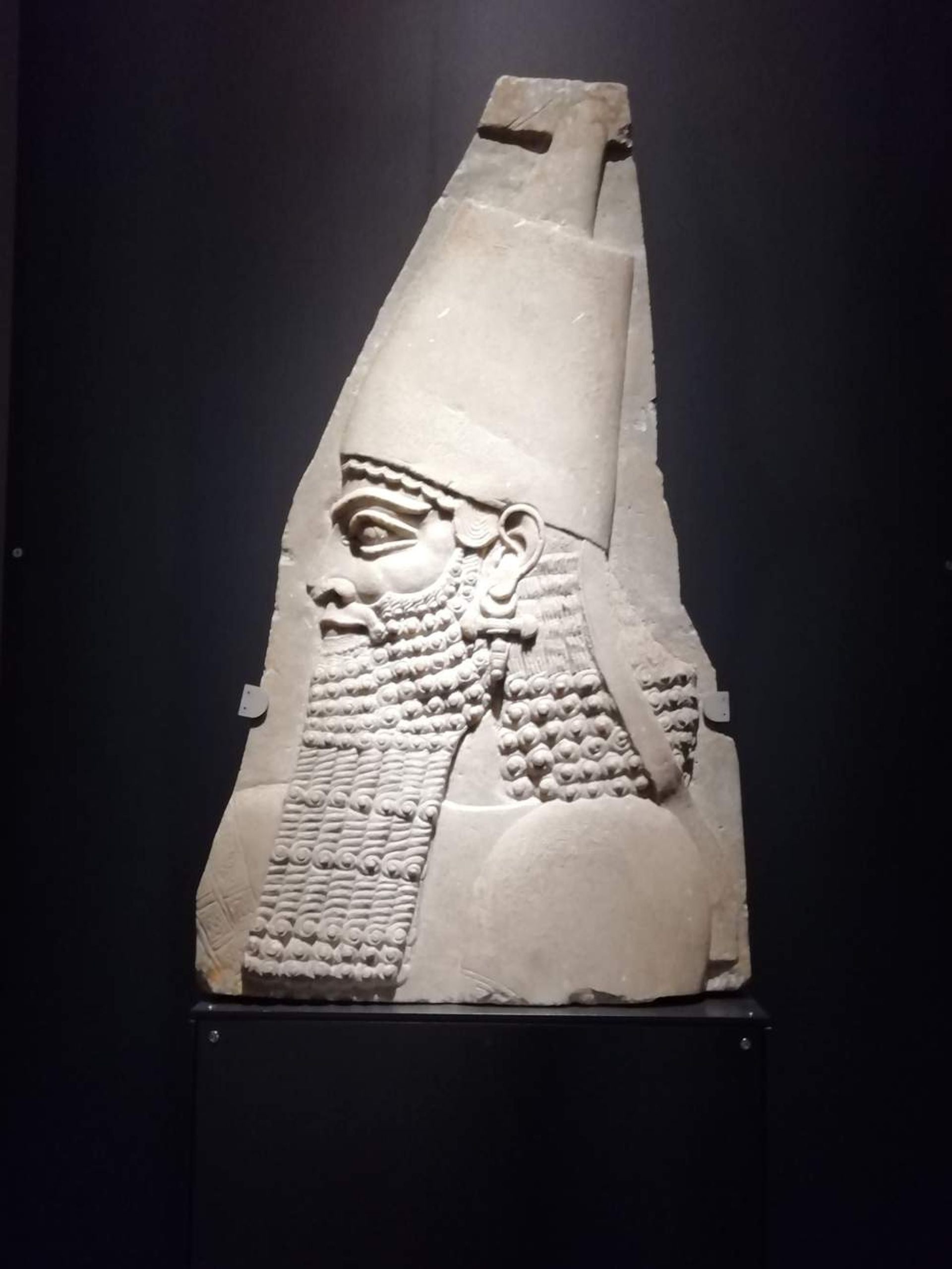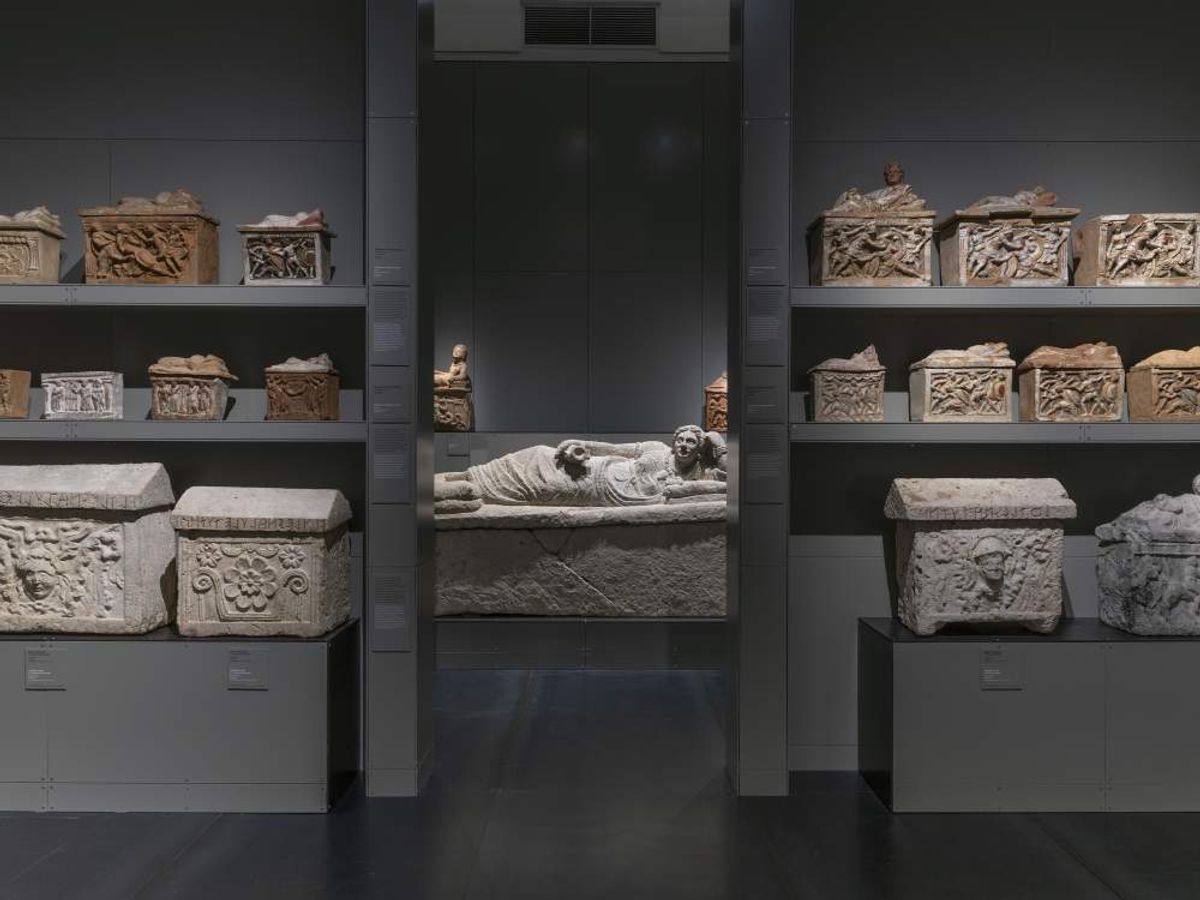With the opening of the Galleria Archeologica of Turin’s royal palace this month, one of Europe’s most important historic collections has become accessible again in a new display that makes the most of its exceptional nature.
Around 1,000 of its 30,000 pieces have been chosen to illustrate the many strands of the collection, which is inextricably woven into the history of the Savoy dynasty whose capital was Turin. Enrica Pagella, the director of the Musei Reali, says, “We have given the city back the roots of its identity”.
The new Galleria is in the 19th-century wing of the palace, with a sober but elegant installation by Studio GTRF, which specialises in the display of archaeological material. Beautifully lit Roman statues and portrait busts (the latter the most important nucleus of the collection) line the central corridor, evoking the kind of Wunderkammer beloved of 16th-century princes, in whom all things ancient aroused amazement and curiosity and constituted the beginning of antiquarian collecting.

The sculpture gallery in the new archaeological gallery © Musei Reali Torino
The earliest of the Savoy dukes to succumb to the fascination of Antiquity were Emanuele Filiberto (1553-80) and his son Carlo Emanuele I (1580-1630). In the first gallery there are two 16th-century fakes that illustrate the taste of the period: the mysterious “cabalistic” bust of Isis in black marble with the Signs of the Zodiac on its face; and the sleeping boy with the wings of Eros but the attributes of Hercules, with deliberate breakages.
By the 18th century, the works began to be seen more as sources of knowledge than trophies, so in 1724 the collection, which in the meanwhile had grown through purchases and donations, was given to the University of Turin by King Vittorio Amedeo II, and the poet, scholar and playwright Scipione Maffei was charged with displaying it in the Palazzo della Regia Università. A hundred years later, the Egyptian collection assembled by Bernardino Drovetti and bought by King Carlo Felice was put on display in the former Collegio dei Nobili. In the 1840s Paul Emile Botta, the French consul in Mosul, discovered Niniveh and the Assyrian civilisation, while a little later Luigi Palma di Cesnola and his brother Alessandro were putting together one of the greatest collections of Cypriot antiquities from the excavations they were conducting on the island. Both these campaigns enriched the Savoy collections, with two exquisite reliefs in calcareous alabaster depicting the Assyrian king, Sargon II and a court dignitary, both from the palace at Khorsabad now on show in the Galleria.

A portrait of Sargon, the ruler of the Assyrians from 721-705BC © Musei Reali Torino
The antiquities and Egyptian collections remained together until 1940, when the latter were moved into what is now the Museo Egizio, while the former were transferred in 1989 to the greenhouses of the Palazzo Reale. Now that these have been vacated, they will become a conference centre, lecture theatre and conservation lab, says Pagella, who since 2016 has carried out the unification of five institutions previously under different managements: the royal palace, the royal armoury, the royal library, the Galleria Sabauda (paintings collection), the museum of antiquity, not to mention the previously much neglected royal gardens. The archaeologist Elisa Panero and the architect Filippo Masino have been responsible specifically for installing the new Galleria Archeologica.


